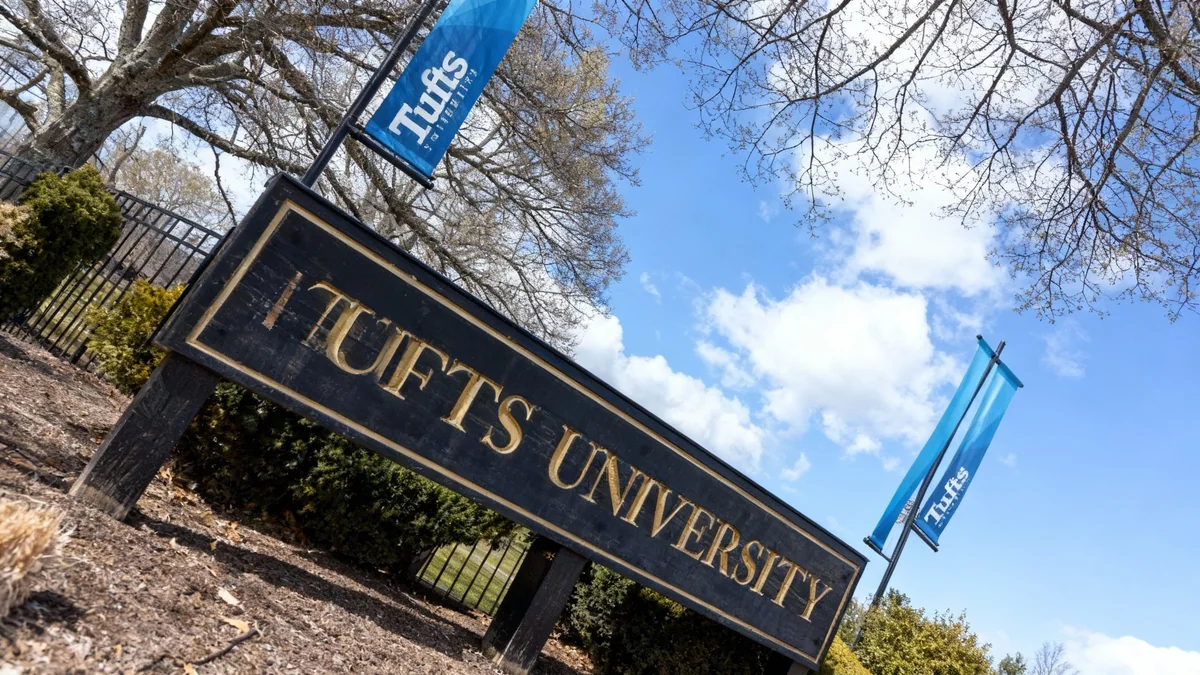State-mandated water testing in Washington has identified more than 1,100 water sources in schools with lead levels exceeding the state's safety threshold. One elementary school in Bellingham recorded a lead concentration approximately 970 times higher than the legal limit, prompting immediate action from health and school officials.
The findings are part of a broad testing initiative that began in 2021, which has so far analyzed over 10,000 water samples across the state to ensure the safety of drinking water for students and staff.
Key Takeaways
- Over 1,100 water sources in Washington schools tested above the state's 5 parts per billion (ppb) lead limit.
- A sink at Silver Beach Elementary in Bellingham had a reading of 4,853 ppb, nearly 970 times the safety standard.
- State records show 26% of the contaminated sources had lead levels high enough to require immediate shutdown under state law.
- Health officials emphasize there is no safe level of lead exposure for children, as it can harm brain and body development.
Statewide Testing Program Exposes Contamination
A comprehensive water testing program mandated by Washington state law has uncovered significant lead contamination in numerous schools. According to state records, a total of 1,189 school water sources have shown lead levels higher than the safety threshold of 5 parts per billion (ppb).
These results come from more than 10,000 tests conducted since the program's inception in 2021. The widespread nature of the findings highlights the challenges schools face with aging plumbing and fixtures, which are often the primary sources of lead leaching into the water supply.
Of the fixtures that failed the test, approximately 26% had lead concentrations so high that they required immediate shutdown as stipulated by Washington law. School districts are required to take corrective action, which can include repairing fixtures, replacing pipes, or permanently disabling the water source.
Washington's Lead Testing Mandate
Washington state law requires public schools to test all water outlets used for drinking or cooking for lead contamination. The state's action level of 5 ppb is stricter than the federal Environmental Protection Agency (EPA) action level of 15 ppb for public water systems, reflecting a greater emphasis on protecting children's health.
Extreme Lead Levels Found at Bellingham School
The most alarming discovery was made at Silver Beach Elementary School in Bellingham. A water source in Room 7 tested for 4,853 parts per billion of lead. This figure is roughly 970 times the state's legal limit and represents the single highest reading recorded since the testing program began.
Another sink in Room 1 of the same school also showed a dangerously high level, testing at 4,375 ppb, the second-highest reading in the state. School officials responded quickly to the findings.
"It was alarming, and we got a phone call right away from the Department of Health … and just leapt into action," Jessica Sankey, chief operating officer for Bellingham Schools, told KING 5.
Officials from the school district confirmed that the sink in Room 1 has since been repaired and is now considered safe for use. Measures were also taken to address the fixture in Room 7, and officials at Silver Beach Elementary have stated that the school's water is now safe.
Health Officials Warn of Dangers to Children
Public health experts stress that any level of lead exposure is a risk for children. The developing bodies and brains of young students are particularly susceptible to the toxic effects of the heavy metal.
Lead exposure can lead to serious health problems, including damage to the brain and nervous system, slowed growth and development, learning and behavior problems, and hearing and speech issues. The risk is significant even at low levels of exposure.
"There’s no safe level of lead exposure, especially for children who are particularly vulnerable to the toxic effects of lead as their brains and bodies are still growing and developing," stated Dr. Amy Harley, the Whatcom County Health Officer.
Lead Exposure Facts
- Primary Source: In schools, lead in drinking water usually comes from the corrosion of older fixtures or plumbing that contains lead.
- Health Impact: Even low levels of lead in blood have been shown to affect a child's IQ, ability to pay attention, and academic achievement.
- Vulnerability: Children absorb more lead than adults, and their developing systems are more sensitive to its harmful effects.
Contamination Found in Multiple School Districts
The problem is not isolated to Bellingham. Several other schools across western Washington also reported significantly elevated lead levels in their water sources. These findings prompted swift responses from the respective school districts.
Some of the other notable high test results included:
- Sky Valley Education Center (Monroe): A woodshop sink registered 998 ppb.
- Greywolf Elementary (Sequim): A classroom sink tested at 674 ppb.
- New Market Skills Center (Tumwater): A cosmetology lab sink showed a level of 341 ppb.
- Sherwood Elementary (Edmonds): A classroom fixture had a reading of 323 ppb.
Officials from the Edmonds, Sequim, and Tumwater school districts have all confirmed that the affected fixtures were either repaired or shut off completely. They have assured their communities that there are no ongoing health concerns related to these specific water sources.
The ongoing testing program continues to identify and address potential health risks in schools, ensuring that districts take necessary steps to provide safe drinking water for all students.





